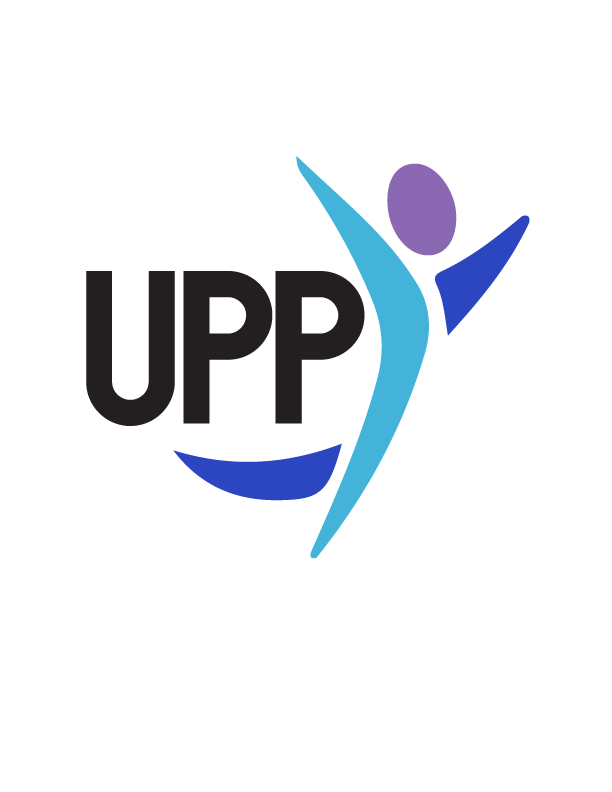Sometimes, we can all struggle with setting or striving for goals that require a great deal of persistence. While we are often invited to “dream big dreams”, “shoot for the moon” and “think positive”, rarely does this seem to be result in improved outcomes. Goal setting will not work in this context. However, projecting towards a desired future state, expecting setbacks along the way, and creating a plan for continuing towards a goal is much more effective. WOOP has been found to enhance this process. WOOP involved two parts- mental contrasting and implementation intentions. Mental contrasting is the process of contrasting our goal, with the obstacles that may stand in the way. Mental contrasting enhances the goal setting stage and strengthens goal commitment. While setting goals and committing to them does not turn them into a reality, the process of mental contrasting has been found to energise individuals into taking action (Oettingen, et al., 2009).
Once goals are set, we must then strive for them. While goal setting is enhanced through mental contrasting, goal striving is enhanced by forming implementation intentions. Essentially, this process requires making “if/then” plans and has been shown to enhance our ability to get started or stay on track with the actions required to bring goals to fruition (Gollwitzer, 1999). This plan can detail when, where and how we will take action. In a study of students preparing for a high stakes exam, used to determine merit-based scholarships, those students who were taught mental contrasting and implementation intentions completed over 60 percent more practice questions than students in the control condition (Duckworth, Grant, Loew, Oettingen, & Gollwitzer, 2011), Rather than “shoot for the moon”, mental contrasting and implementation intentions has proven results.
WOOP (wish, outcome, obstacle, plan), is based on 20 years of scientific research by creator Gabriele Oettingen. Here’s how it works: You first name a wish, then you name the best possible outcome, then you name your main obstacle, and as a last step you make an (if/then) plan. The following elaborates on this process, and is useful for students of all ages to enhance their academic results (in fact anyone can apply this to all areas of life).
The WOOP process:
1. WISH – What is your most important wish or concern in your professional life? (pick something challenging but that you can fulfil in the next month)
2. OUTCOME – What would be the best thing about fulfilling your wish? How would it make you feel?
3. OBSTACLE – What is the main obstacle that stands in the way of you fulfilling your wish?
4. PLAN- What can you do to overcome that obstacle? (Name an action you can take). Your plan will take this form… If (obstacle), then I will (take this action).
MAKE IT COUNT- At UPP, we use a simplified version of this process called T.O.P.- Target, Obstacle, Plan. If this is the first time you have used this process, we suggest an extra step- A for Action.
At Unleashing Personal Potential, we improve learning and expand lives by providing schools with training and resources that develop growth mindsets, grit, wellbeing and leadership.
For bookings or enquiries, contact us today.
To find out more about the research that informs and supports our work, grab our research reports here.
